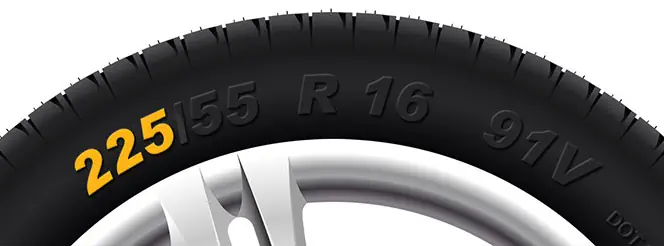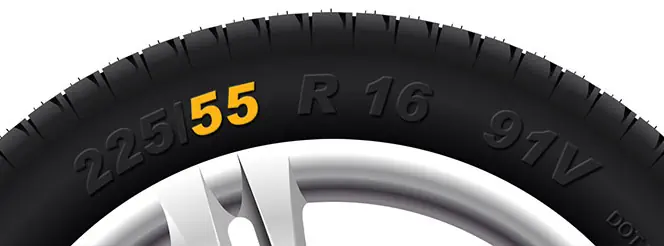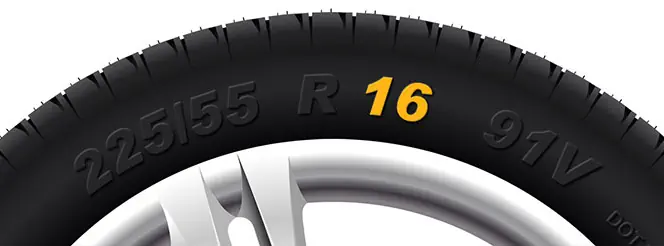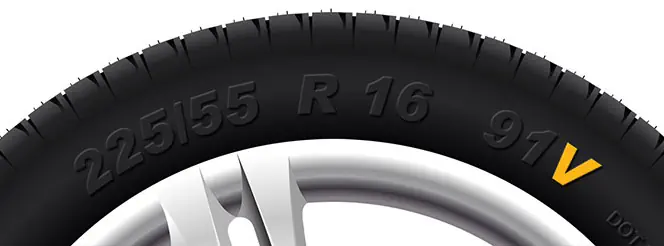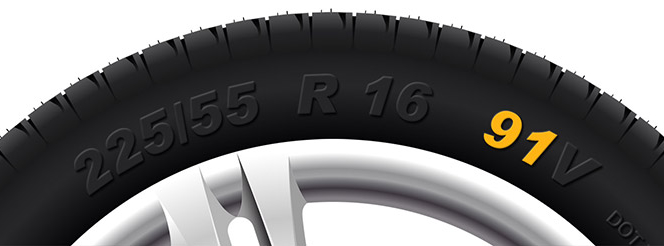How Long Does An MOT Take At Kwik Fit?
Jessica Bird | Friday 23rd May 2025 1:54pm

After your carís third birthday, MOT tests are compulsory every year in the UK. While drivers often approach this with dread Ė imagining it much like anxiety-inducing tests in school Ė regular, accurate MOT tests keep everyone safer on the road. In fact, its name comes from a now-defunct section of the government, the Ministry of Transport, which implemented mandatory testing as a way to ensure that drivers were using the roads with adequately safe tyres, brakes, lights, steering, and other components.
It started as a relatively basic test but, as cars have become increasingly complex, the MOT has grown to be quite a complicated series of inspections and tweaks. But how long does the test actually take at a reputable test centre like Kwik Fit?
The straightforward answer is that Kwik Fitís MOTs rarely take longer than an hour, but the more detailed answer is that it depends.
Letís look at what goes into an MOT and why their duration varies.
What goes into an MOT test?
The primary purpose of an MOT is to ensure that your vehicle meets UK road safety standards. As such, the MOT mainly checks the fundamentals like tyres, brakes, and lights as well as inspecting bodywork for rust or damage, ensuring doors, mirrors, and the windscreen are secure, and ó in more recent years ó assessing emissions limits. Because of this, the exhaust system is also checked to make sure that itís leak-free, remains within noise limits, and that the engine meets emissions standards.
If a vehicle fails its MOT, repairs and a retest are required before it can be legally driven ó but whether it can be taken home before the repair depends on the severity of the fault. Some faults render a car immediately illegal to be driven on public roads.
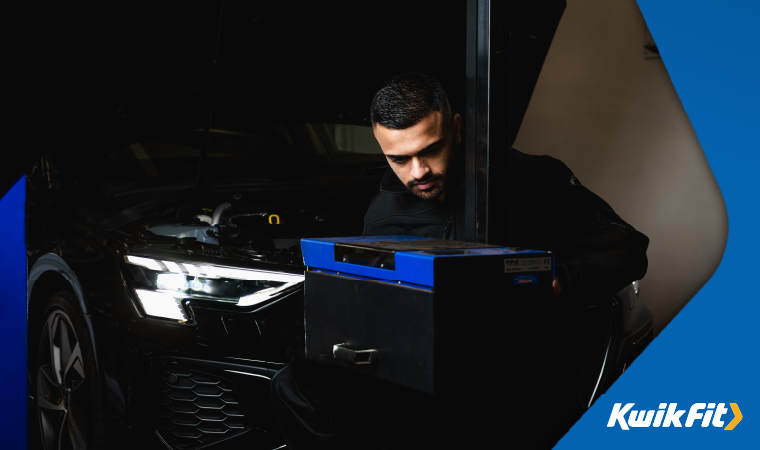
What determines how long an MOT takes?
Now, letís look at some reasons why MOT tests can take different amounts of time.
1. Age and type of vehicle
The age and type of vehicle has a significant effect on the amount of time an MOT test takes for two reasons: if the vehicle is an older vehicle, the accumulation of wear and tear, rust issues, or outdated components often need closer inspection. Conversely, super high-tech brand new vehicles may also need a longer MOT due to having new tech and more components that need inspecting.
2. Condition of the vehicle
One of the most significant factors in determining how long an MOT test will take is the condition of your vehicle. If your carís well-maintained and in good shape, the test is likely to be straightforward (which also means short). However, if the inspector finds multiple issues or potential failures, this whole process has to take a lot longer because the inspector needs to carefully assess each problem and determine whether the vehicle meets safety standards.
3. Availability of testing equipment
This is rarely a problem at Kwik Fitís centres because we ensure that each station has adequate tools, but MOT tests in some other centres may take longer if the centre is particularly busy and inspectors have to wait for specific testing equipment to become available.
4. Level of pre-MOT preparation
If youíve taken steps to prepare your vehicle for the MOT, such as checking your lights, tyres, brakes, and fluid levels beforehand, the test is likely to be much faster. On the other hand, if the tester encounters easily avoidable failures, such as a broken headlight or worn-out wipers, they may need to conduct additional checks or inform you of necessary repairs, adding to the test duration.
5. The need for retesting or minor repairs
If your car fails the initial MOT test, the garage might offer a quick fix and retest the vehicle on the same day. While this can be convenient, it will add extra time to your overall visit. In cases where extensive repairs are needed, you may have to leave your car at the garage for an extended period before it can be retested.
Usually, though, if youíve left your car at the garage, then a re-test doesnít have to be a complete re-test, as the inspector can see that certain things passed the first time around.
7. Time of appointment
The time of day when you book your MOT test can also impact how long it takes. Early morning slots are often quicker since garages are less busy at the start of the day.
However, as the day progresses, the busy-ness of cars being moved and parts being removed means that inspectors and technicians have to work around each other a lot more, which means that delays can build up, leading to longer wait times, especially in particularly busy test centres. Again, however, this shouldnít usually result in a test time of more than an hour unless there are serious problems with your vehicle.
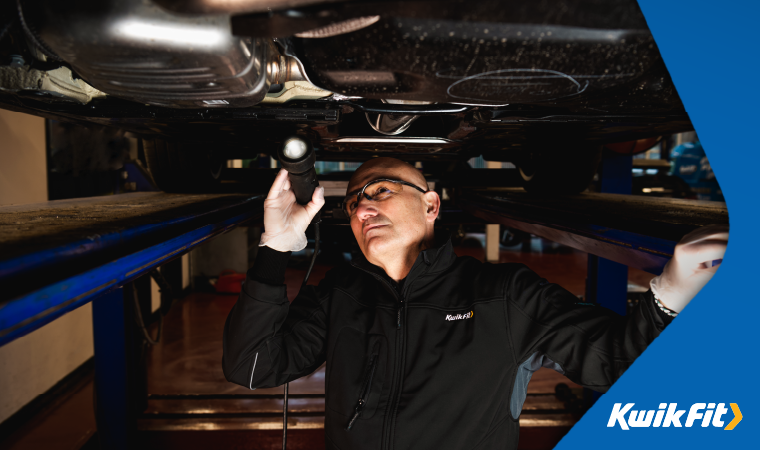
Invest in servicing
In cases where damage or wear to components needs immediate repairs, an MOT can unexpectedly become costly, but regular yearly and half-yearly maintenance means youíll never face unexpected costs.
With servicing, not only will issues with your car get flagged in advance, but components can be replaced when theyíre beginning to become problematic, often saving other components in the system from taking on knock-on damage.
The experts at your local Kwik Fit centre are always on hand to help with thorough MOTs and servicing Ė from oil changes to whole-car safety inspections, weíll get you back on the road in no time.
Any facts, figures and prices shown in our blog articles are correct at time of publication.
Featured Articles
Is it Illegal to Drive With One Headlight?
Saturday 19th July 2025
Wondering if itís illegal to drive with one headlight? Learn about the safety risks and penalties of illegal blown bulbs and why you should fix them promptly.
Air Con in EVs & Hybrids: Experts Answer Your Questions
Monday 30th June 2025
Does air con drain EV batteries? Can you use the air con while charging an electric car? Find out the answers to these questions & more from Kwik Fitís experts.
Why Is Your Car Making a Noise? Fixes & Tips
Friday 13th June 2025
When your car starts making unexpected noises, it can certainly be quite disconcerting; it may be nothing to worry about, but hereís what you need to know.





